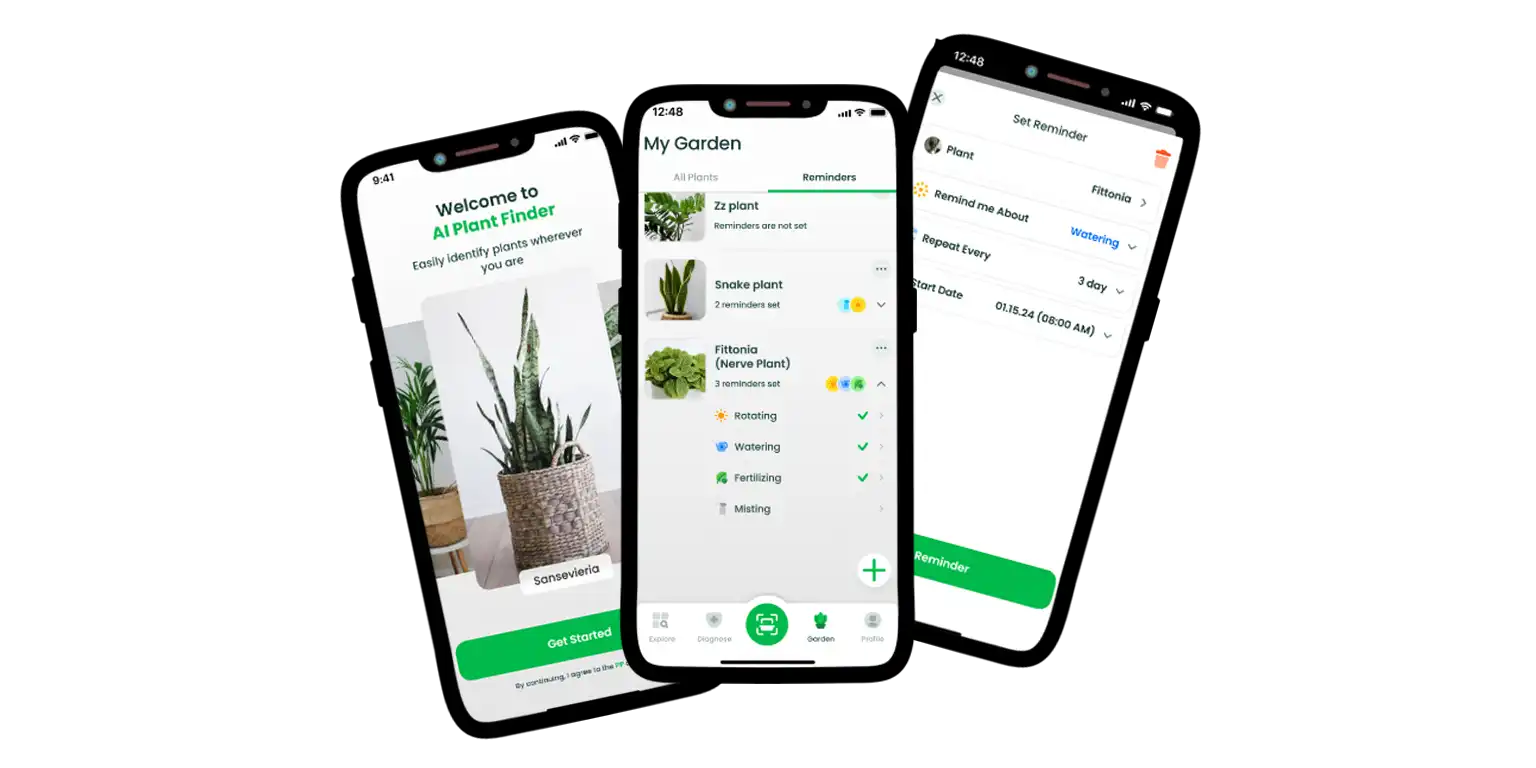Explore the benefits of raised beds, discover the basics of this gardening phenomenon, and let us suggest the most appropriate tools that may support plant lovers on their journey with proper background and care.
What Do Raised Beds Mean in Gardening?
Traditional gardening techniques are giving way to the more efficient and complex strategies that can be incorporated in any garden landscape these days. That is the point of the sustainable green culture where everything should be done for the sake of rich yet safe production and nature conservation, and raised beds constitute a part of such an approach.
Generally speaking, raised beds are elevated plots of soil, usually enclosed by wooden, stone, or metal frames and located above the native soil level for improved drainage, better soil quality, and overall convenience. With the use of raised beds, one may address such persistent problems as pest infestation, invasive plants, poor or compacted soil, and more. Besides, it looks aesthetically pleasant to cultivate flowers, herbs, and fruits there and keep them organized in one place.
Why Are Raised Garden Beds Better?
The benefits of raised beds are innumerable. As stated before, this method allows one to take full control over the soil quality and water retention, manage vertical spacing, make it more accessible thanks to its elevated positioning, and prevent erosion and soil compaction as well. Besides, raised beds also extend the growing season, for the soil in the containers tends to warm up earlier than usual and maintain the temperature for a long.
General Requirements for Raised Beds
To create suitable raised beds, one should take into account the diverse aspects of the container to grant the appropriate conditions and meet the requirements of the plants to cultivate.
Size and Height: The size of raised beds always differ, though there are minimal dimension rates that ensure the plants are able to thrive and live long. As suggested, the best width should be 18 inches or more, while height is to usually range from 6 to 18 inches (deeper beds are beneficial for root crops and more effective drainage). All in all, the size completely depends on the location and one’s preferences as well.
Materials: The industry may offer everything available at the moment. Among common materials for constructing raised beds are wood, stone, bricks, concrete blocks, and metal. Remember that it is only up to you to choose the material and try new things while preserving the flora in your garden.
Location: Another important aspect is the position of the garden beds. Place your plants in a sunny spot for the plants to receive an adequate volume of light. Do raised garden beds need drainage, by the way? They surely do, and the site should have good drainage so as to prevent waterlogging and promote the health of the crop in the first place.
Soil: When the beds are ready to be filled in, one should prepare the soil by blending topsoil, compost, and organic matter that can both retain enough water and keep it not waterlogged all the time. Moreover, it is important to check soil quality on a regular basis and manage it promptly when the need calls.
Water Sources: Another vital point is the presence of a water source in close proximity to raised beds. The best practices should include implementing a new drip irrigation system or soaker hoses for efficient and quick water delivery.
As soon as things fall into place, one may proceed with planning the layout and planting itself by sowing seeds or transplanting seedlings according to the instructions and spacing them sensibly. The most crucial part is not to overcrowd the area but to separate plants and let them grow as they need.
Garden Under Control: How to Use Digital Tools When Planning the Gardening Routine
Constructing raised beds is just one step in the process, which also involves routine planning and plant maintenance. The problem of how not to fail but facilitate the plants’ growth and fruitful development might be solved with the use of digital platforms like AI Plant Finder, for example.
For the best experience, plant cultivation should always involve a deep understanding of the plant’s specifics, needs, and possible complications. What AI Plant Finder offers may cover all your gardening needs, especially those appearing on the spot. Explore the plants of your region and get detailed info about each species, i.e., search in the app’s database and identify plants with photos only to acquire the necessary knowledge and be aware of the natural processes in the end.
Besides, AI Plant Finder provides one with a convenient space where it is easy to keep track of your garden’s inhabitants, set up plant care reminders for each species, and monitor their health as well. Make sure your yard receives enough sunlight and water via the light meter and water calculator and never let your garden suffer but thrive.
The concerned plant enthusiasts may rest assured they never miss severe diseases, for the app’s Disease ID is able to assist them when the green life is suffering. Open the AI Plant Finder app, point your camera at the plants you think do not feel good, and take a picture. The system is likely to detect a problem, identify the reasons, and pick up the most suitable solutions, based on the situation and the experience of your colleagues who use the app. Easy planting with easy apps by your side.
Have you ever thought of raised beds in the garden? If not, it is high time to think over this approach, for it is obviously to accelerate the process of planting and make it easier to manage the crop. Though it may be a bit strange at first, your floral creations will definitely stay healthy and ready to please you with blossoms and fruits the next season again.






